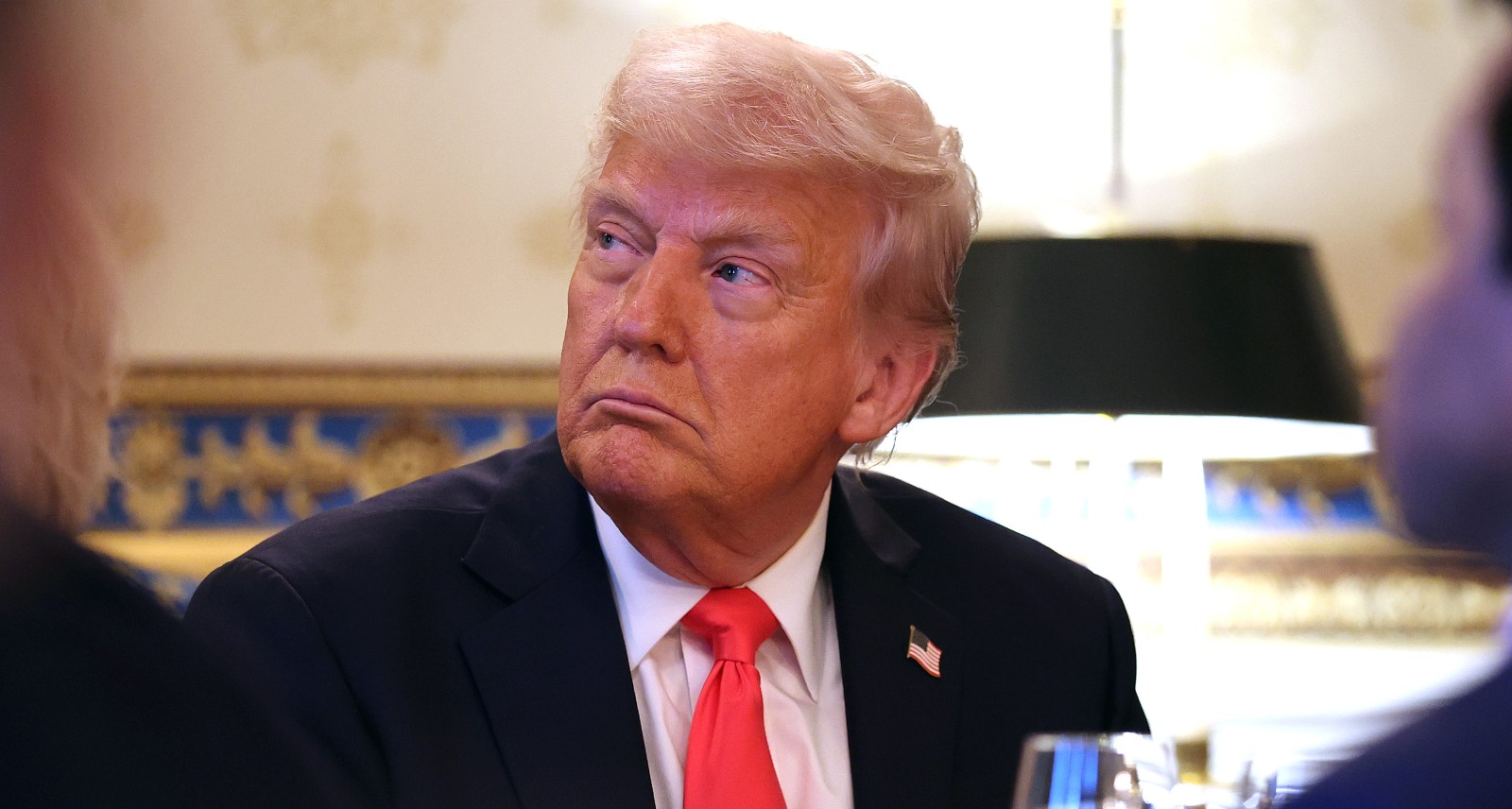Executive Summary
In a bold initiative poised to reshape global trade dynamics, President Donald J. Trump has announced his intention to deploy reciprocal tariffs against a range of international partners—a departure from prior measures focused primarily on the largest bilateral imbalances. Dubbed “Liberation Day” by the White House, this sweeping strategy aims to impose duties on any nation that levies comparable barriers on U.S. exports. While designed to force renegotiation of trade agreements on more favorable terms for American industry, the proposal carries considerable risk: higher consumer prices, disrupted supply chains, and the potential for retaliatory measures that could escalate into a full-scale trade war. This article provides a detailed, 2,000‑word professional overview of the announcement, its mechanics, anticipated responses from key partners, and likely economic and political ramifications.
1. Introduction
On the eve of a high-profile White House briefing, President Trump revealed that he will seek to mirror tariffs imposed by foreign governments across the board, not limiting action solely to countries with the largest trade deficits. For years, the administration’s trade policy has centered on targeted measures—most notably against China—yet this proposed “universal reciprocity” marks an expansion of scope. By signaling that any nation taxing American goods will face equivalent duties on its exports, the president intends to create leverage in multilateral negotiations and compel trading partners to eliminate barriers. This analysis explores the context, mechanics, and consequences of the policy, offering an in‑depth resource for business leaders, policymakers, and public audiences.
2. Historical Context and Trump’s Trade Philosophy
2.1. Evolution of U.S. Trade Policy
Since World War II, the United States has championed the liberal trading system, culminating in the formation of the General Agreement on Tariffs and Trade (GATT) and, subsequently, the World Trade Organization (WTO). These institutions codified reductions in tariffs and non‑tariff barriers, fostering unprecedented growth in cross-border commerce. However, successive U.S. administrations have sparred with trading partners over perceived imbalances and unfair practices, from Japanese non‑tariff barriers in the 1980s to Chinese state‑backed industrial policy in the 2000s.
2.2. Trump’s “America First” Doctrine
Elected on a platform to “Make America Great Again,” President Trump has repeatedly criticized past trade deals—NAFTA, the Trans‑Pacific Partnership, and China’s WTO accession—arguing that they advantaged foreign producers at the expense of American workers. His administration has broadly framed tariffs as a negotiating tool: by threatening higher duties, the United States can extract commitments to open markets and protect intellectual property. The new reciprocal‑tariff proposal represents the latest chapter in this interventionist approach.
3. The Announcement: “Liberation Day” and Its Aims
On a scheduled Wednesday press conference, President Trump will formally unveil what he has labeled “Liberation Day.” According to White House sources, the core components include:
-
Scope Expansion: Tariffs will apply not only to nations with the largest deficits but to any country imposing duties on U.S. goods—estimated initially to encompass 10–15 key partners.
-
Reciprocity Principle: Duties will mirror the rates currently levied by each targeted nation on American exports.
-
Negotiation Leverage: The objective is to induce trading partners to agree to new deals eliminating or reducing barriers, thereby leveling the playing field for U.S. producers.
Administration officials contend that by codifying reciprocity, the United States will force a recalibration of global tariffs, pushing other governments to negotiate in good faith. Yet details—such as the precise methodology for matching rates and the treatment of services, digital goods, and supply‑chain inputs—remain to be disclosed fully.
4. Mechanics of Reciprocal Tariffs
4.1. Imposition and Matching
Reciprocal tariffs operate under a straightforward premise: if Country X charges a 20 percent duty on U.S. steel, the United States would impose a 20 percent duty on imports of steel from Country X. Under the proposed framework:
-
Customs Harmonization: U.S. Customs and Border Protection will adjust schedules to reflect partner‑specific rates.
-
Annual Review: A designated interagency committee will review partner tariff levels and recommend adjustments.
-
Sunset Clauses: Tariffs may automatically expire if bilateral talks yield commitments to eliminate corresponding foreign duties.
4.2. Legal and WTO Considerations
While the U.S. withdraws from multilateral accords only sparingly, this strategy raises complex questions under WTO rules. WTO members generally cannot unilaterally impose retaliatory tariffs outside established dispute‑settlement procedures. The administration may justify measures under Section 301 of the Trade Act of 1974, which grants broad latitude to counter unfair practices—though the universality of reciprocity could invite legal challenges before WTO panels.
5. Targeted Sectors and Key Partners
5.1. Automotive Industry
One primary focus is the U.S. trade deficit in automobiles. Europe and Japan maintain higher tariffs on American cars (typically 10 percent) than the 2.5 percent U.S. rate on their exports. Under reciprocal tariffs, imported vehicles and parts could face duties matching those levied by each partner, sharply increasing costs for foreign-branded cars. The administration argues this will spur investment in U.S. assembly plants.
5.2. Steel and Aluminum
Building on earlier rounds of section 232 national‑security tariffs, reciprocal duties would reinforce pressure on major producers like the European Union, Canada, and China. Any partner maintaining duties on U.S. steel would face equivalent levies in return.
5.3. Technology and Electronics
Trade barriers on semiconductors and electronic components—imposed by countries seeking to protect nascent industries—could be challenged by mirrored U.S. duties. This raises the prospect of higher input costs for American manufacturers reliant on foreign‑made chips.
6. Anticipated International Reactions
6.1. European Union’s Retaliation
The EU has already responded forcefully to past U.S. tariffs, imposing duties on iconic American exports—from bourbon whiskey to Harley-Davidson motorcycles. With reciprocation expanded, Brussels is likely to initiate countermeasures swiftly, potentially targeting politically sensitive goods or services most valuable to the U.S. economy.
6.2. United Kingdom’s Delicate Position
Fresh from Brexit, the U.K. is negotiating a standalone U.S. trade deal as a priority. Prime Minister Keir Starmer has courted American engagement, but London must now navigate the risk of reciprocal duties on British exports—ranging from Scotch whisky to automotive components. The possibility of mutual concessions on both sides could accelerate negotiations, yet the threat of tit-for-tat tariffs looms large.
6.3. China’s Calculated Response
Beijing has already demonstrated its willingness to impose large-scale retaliatory tariffs on soybeans, vehicles, and other strategic exports. Facing mirror duties on U.S.-bound goods could further exacerbate tensions, undermine recent de‑escalation efforts, and stump bilateral progress on structural issues such as intellectual-property protection and market access.
7. Economic Impact: Risks and Realities
7.1. Consumer Price Inflation
Academic studies consistently show that tariffs function like taxes on consumers. When duties rise, importers and retailers frequently pass these costs onto end‑users. A universal reciprocity model could elevate prices on a broad spectrum of goods—automobiles, electronics, apparel, and agricultural products—eroding household purchasing power.
7.2. Supply‑Chain Disruption
Modern manufacturing relies on intricate global supply chains, with intermediate inputs crossing multiple borders. Reciprocal tariffs risk distorting these networks, forcing companies to restructure production and sourcing. Such reconfiguration entails time and investment, dissuading immediate compliance and potentially slowing factory output.
7.3. Impact on U.S. Exporters
While the policy purports to protect domestic producers, it may backfire on sectors dependent on open foreign markets. Agricultural exporters—corn, soybeans, wheat—could face higher barriers abroad, reducing U.S. farm incomes. Likewise, American services providers—from software firms to consulting agencies—might lose ground if reciprocal measures extend beyond goods to digital and professional services.
7.4. Risk of Global Recession
Economists warn that a protracted, tit-for-tat tariff escalation can stymie global growth. Trade volumes could contract, investment plans postponed, and business confidence sag. In worst‑case scenarios, economies risk slipping into recession as consumer demand weakens and corporate uncertainty increases.
8. Political Implications and the 2024 Election
8.1. Rallying the Base
Tariffs have been a hallmark of Trump’s populist appeal, resonating with constituencies in manufacturing states. A robust reciprocal strategy may energize his core supporters, who view hardline trade measures as vindication of pledges to revive American industry.
8.2. Swing Voter Sensitivities
Conversely, moderate and suburban voters—more sensitive to price inflation—could grow wary as costs rise on everyday goods. If grocery bills, auto loans, and electronics become markedly more expensive, such voters may perceive tariffs as economic overreach rather than protective measures.
8.3. Congressional Dynamics
Despite executive authority under Section 301, bipartisan critics in Congress may push back on sweeping reciprocation. Some Republicans and Democrats favor targeted, bilateral negotiations rather than universal duties, advocating for precision strikes against specific unfair practices to minimize collateral damage.
9. Strategic Considerations and Alternatives
9.1. Negotiation Versus Confrontation
Strategists caution that while tariffs are powerful leverage, they do not substitute for comprehensive trade agreements. Parallel efforts—bilateral and plurilateral dialogues on digital trade, intellectual property, and regulatory harmonization—remain essential to secure durable market access for U.S. exporters.
9.2. Leveraging Allied Coalitions
Rather than confronting allies in isolation, Washington could pursue coordinated action through bodies such as the G7 or the Indo-Pacific Economic Framework (IPEF), aligning tariff threats with diplomatic incentives to foster collective pressure on non‑market economies.
9.3. Domestic Adjustment Assistance
Recognizing the distributive effects of tariffs, policymakers may consider enhancing retraining programs, regional development grants, and trade adjustment assistance to cushion workers and communities most directly affected by supply‑chain realignments.
10. Conclusion
President Trump’s announcement of reciprocal tariffs on all trading partners marks a significant pivot in U.S. trade policy—one that promises to recalibrate global tariff structures but also raises acute economic and political risks. By matching foreign duties dollar for dollar, the administration seeks to compel concessions and revitalize American manufacturing. Yet the broader ramifications—higher consumer prices, supply‑chain upheaval, potential retaliation, and electoral consequences—underscore the complexity of wielding tariffs as a universal tool.
As “Liberation Day” approaches, stakeholders from the factory floor to Main Street, from London to Beijing, will assess the potential impacts on markets, livelihoods, and diplomatic ties. The unfolding debate will test whether reciprocal tariffs can achieve substantive trade reforms or whether they tip the global economy toward a damaging spiral of protectionism. Either way, the policy shift cements the Trump administration’s commitment to an unmistakably assertive, America‑first trade agenda—one that will define his legacy and shape international commerce for years to come.

Adrian Hawthorne is a celebrated author and dedicated archivist who finds inspiration in the hidden stories of the past. Educated at Oxford, he now works at the National Archives, where preserving history fuels his evocative writing. Balancing archival precision with creative storytelling, Adrian founded the Hawthorne Institute of Literary Arts to mentor emerging writers and honor the timeless art of narrative.
